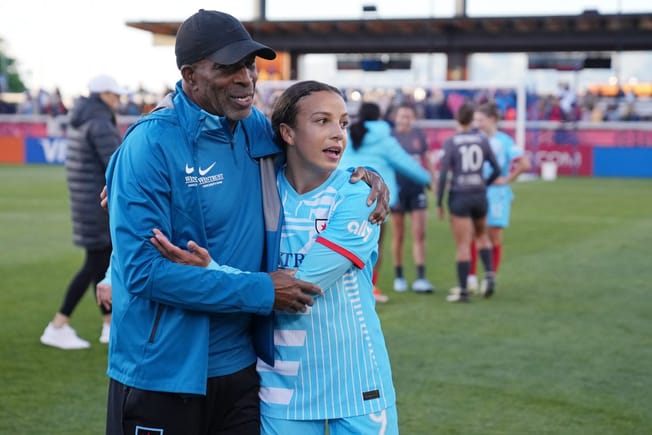The Chicago Red Stars were unquestionably the worst team in the NWSL last season.
Mallory Swanson was absent for most of the year thanks to a knee injury, and the Red Stars never seemed invested in building a competitive squad, given the uncertainty around the sale of the team. Their 0.7 expected points per game tied for the worst in the NWSL since 2016, when expected points began being tracked. By every available measure, the 2023 Red Stars were beyond awful.
They still finished only seven points below the playoff line.
There’s no question that 2023 was a weird year for the NWSL. Even in the normal hyper-competitive environment of the league, objective measures show that 2023 was on another level. The Gini coefficient, an economics tool you can use to measure parity in a sports league, demonstrates this. The Gini coefficient of points for the 2023 NWSL season came in at 0.07, a historical level of parity for any league in any sport in any country.
A mere 13 points separated Chicago from Shield winners San Diego Wave. In-season xG differential, which usually predicts final points per game quite well, was useless in predicting results last season. (So were points and goal differential, by the way.)
Even if we ignore 2023 as an unusual outlier, the NWSL is always the most competitive women’s soccer league in the world. Bad teams take points off of good teams all the time. Since the league resumed play after the Olympics, the Utah Royals beat Bay FC 2-1; the Seattle Reign beat the North Carolina Courage 1-0; and the Courage turned around and beat the Kansas City Current 2-1. None of those matches went chalk, and none of the results were all that surprising, either.
So how do interested parties go about trying to project playoff odds in a league like this? How do fans wrap their heads around whether their team is in a great position for the postseason, or whether they’re simply in a positive run of form? Or, even closer to the heart of the issue, how do front office members?






